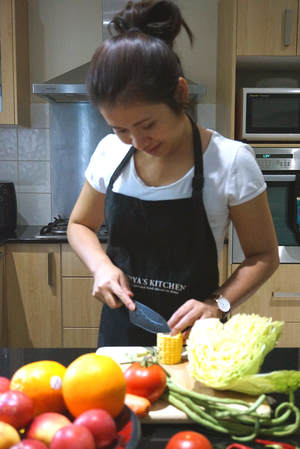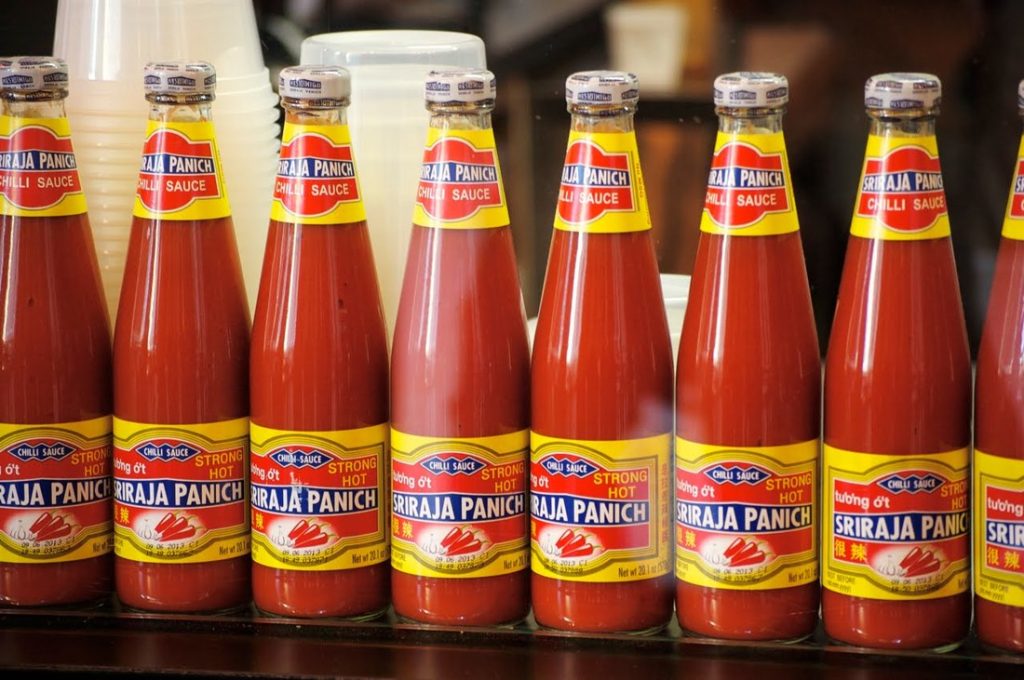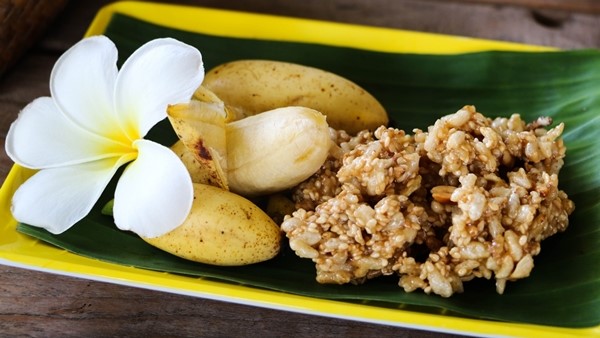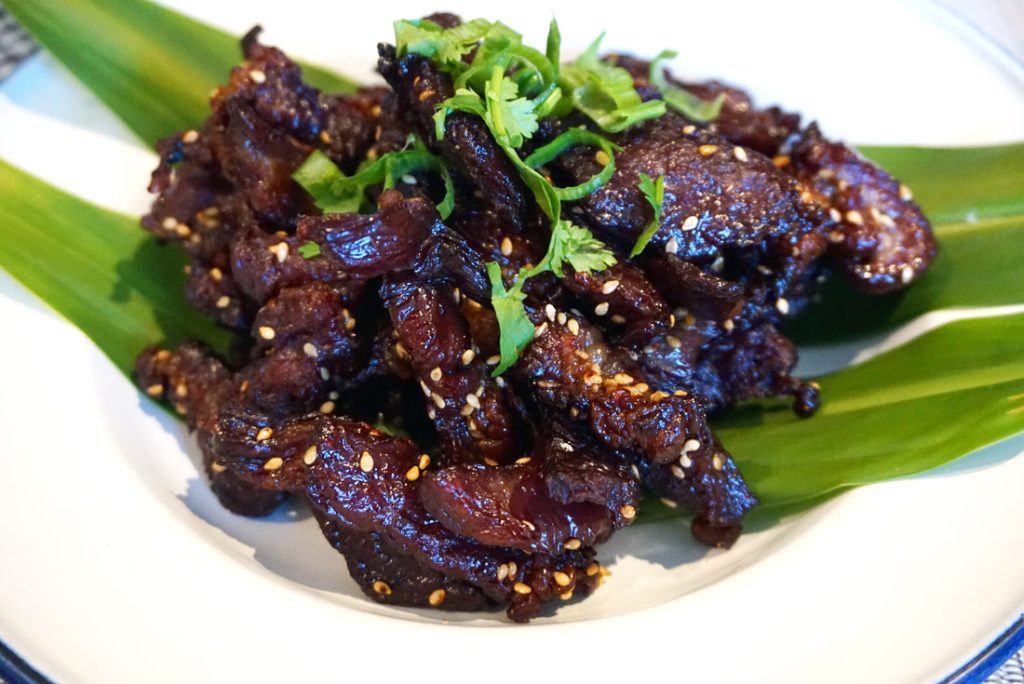Part of Phibunsongkhram’s nation-building strategy was to develop ‘Thai-ness’ and impose a ‘Thai Great Tradition’ to demonstrate the strength and unity of the Thai nation. His series of decrees from 1939–1942 suggested what could be done to strengthen the Thai economy, to instill national image and pride—and to improve the national diet. Popularizing a noodle dish was one means to that end – Penny Van Esterik, nutritional anthropologist
Pad Thai is a stir-fried rice noodle dish that is a signature street food of Thailand. It is made with soaked dried rice noodles, which are stir-fried with eggs and chopped firm tofu, and is flavored with tamarind pulp, fish sauce, dried shrimp, garlic or shallots, red chili pepper and palm sugar and served with lime wedges and often chopped roasted peanuts
Internationally, Pad Thai is probably the most well known dish of all Thai cuisine on considered the national dish of Thailand. It is so ubiquitous here in Australia, that it often gets thrown onto lists ‘national dishes’ and came in as Sydney’s most popular takeaway item in 2014 (Menulog). It is available in almost all Thai restaurants catering towards Westerners. “Whenever we try Thai food,” Thai Chef Nick Srisawat “we try pad Thai first, because that is a way to judge how good a restaurant is. That’s true all over the world—except in Thailand.” Many restaurants choose not to compete with the street-food vendors in Thailand, who have perfected the recipe as they make and serve only pad Thai all day long.
Despite it’s status as the national dish, its origins aren’t particularly Thai. Noodles and stir fries are quintessentially Chinese. Most of the ingredients are not native to the people after whom the dish is named. “The only really Thai ingredient is the pounded dried chillies,” the Bangkok Post. Even the dish’s full name, kway teow pad Thai nods to its Chinese origins (kway teow is Chinese for rice noodles).
“Its name literally means ‘Thai-style stir-fried noodles,’ and for a dish to be so named in its own country clearly suggests an origin that isn’t Thai,” local chef Kasma Loha-unchit.
The popularisation of Pad Thai and it’s establishment as the national dish of Thailand is attributed to Plaek Phibunsongkhram (Prime Minister of Thailand 1938 – 1944, 1948 – 1957). Phibunsongkhram was one of the leaders of the military branch of the People’s Party (Khana Ratsadon) that staged a coup d’état and overthrew the absolute monarchy in 1932. In 1938, Phibunsongkhram replaced Phraya Phahol as Prime Minister and Commander of the Royal Siamese Army.
In order to consolidate his power, Phibunsongkhram wished to unite the varied regions of Siam (as Thailand was known at the time) under a stong national culture and identity. The European-educated Phibunsongkhram saw his country as provincial and backward; he aimed to make Siam a strong, nationalistic, and modern country. Phibunsongkhram passed 12 Cultural Mandates that exhorted the Siamese people to be productive, well-mannered, and proud of their country. Many of the practices initiated in the mandates remain in effect today, the most significant of which was changing the name of the country from Siam to Thailand, or “Land of the Free.”
“His nationalism campaign included things like getting Thai people to say “Sawasdee”(hello and goodbye—same word) to everyone,(yes, our famous greeting is actually only as old as Pad Thai), to stop chewing betel nut (at that time almost everyone who was older than 12 chewed betel nut constantly), and both men and women shouldn’t show up in public topless anymore (dang!). The Thai women not only had to wear a blouse, they needed to change their outfit completely from wearing a pantaloon-like wrap around their bottom called “Chong Kraben” to a wrap-around skirt called “Pa-Sin” instead. Additionally, every woman had to wear hats in public. – High Heel Gourmet
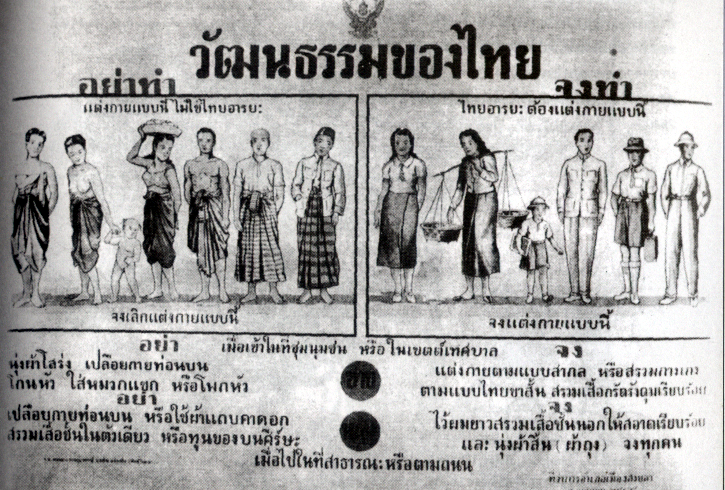
“He asked that Thais dress like Westerners. He demanded that the Thais speak the national language and not the many dialects that were still spoken in the country. He forced them to learn the new national anthem and he ordered that forks and spoons be used as Thais traditionally ate with their hands” Mike Benayoun
Penny Van Esterik, a nutritional anthropologist writes that “[p]art of Phibunsongkhram’s nation-building strategy was to develop ‘Thai-ness’ and impose a ‘Thai Great Tradition’ to demonstrate the strength and unity of the Thai nation. His series of decrees from 1939–1942 suggested what could be done to strengthen the Thai economy, to instill national image and pride—and to improve the national diet. Popularizing a noodle dish was one means to that end.”
By adding bean sprouts, onions, peanuts, eggs, and meats to the noodles, the dish was perceived to improve the Thai diet and shift people away from the more traditional dietary staples of rice with nam prik (chili paste), leaves, and salt. At the time, rice (Thailand’s main staple) was very expensive and as the noodles were made from lower quality or broken rice, Pad Thai was affordable for country’s poorest.
In the 1940s, there were huge floods in Thailand and all over Bangkok. Diseases were rife and the promotion of a hot noodle dish cooked in clean pans, would simultaneously encourage sanitary foods and cooking conditions. Due to the floods and war, Thailand also suffered a rice shortage and the promotion of Pad Thai would reduce its domestic rice consumption. This would allow the country save larger amounts of rice for export and improve the economic recovery.
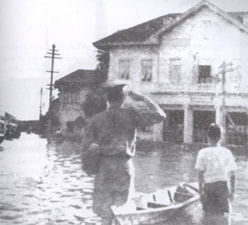
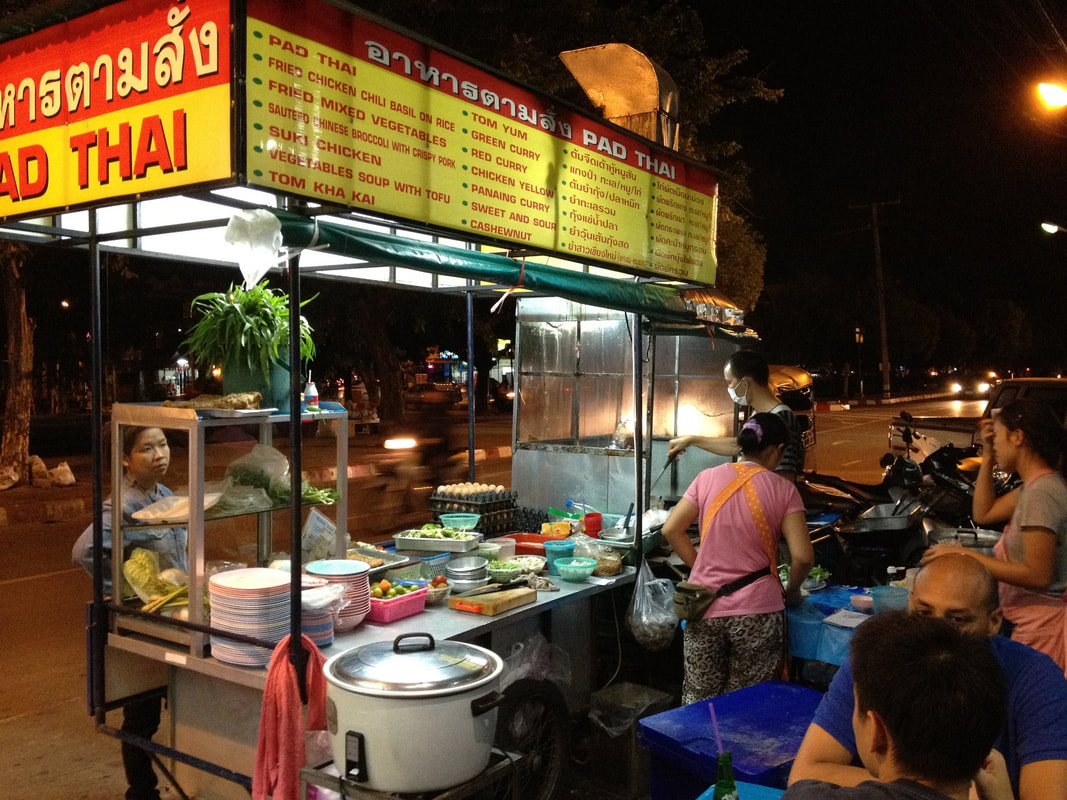
Bangkok natives often garnish the dish with something crisp, like raw sour fruit or raw mango, or even sour star fruit, banana blossoms, or another small, very sour fruit called madan. But one element of pad Thai is a constant: the medium-slender dried rice noodles. Cooks can choose between sen lek or the chewier sen chan noodles from the Chantaburi region.
Pad Thai Recipe
https://gastronomica.org/2009/02/10/finding-pad-thai/
https://priceonomics.com/the-invention-of-pad-thai/
https://www.sbs.com.au/food/article/2016/08/10/how-thai-pad-thai
https://en.wikipedia.org/wiki/Pad_thai
https://www.196flavors.com/thailand-pad-thai/
https://highheelgourmet.com/2012/07/17/padthai-trilogy-whats-not/
http://2bangkok.com/06-nationalism.html
https://www.thaitable.com/thai/recipe/pad-thai
https://southeastasiabackpacker.com/pad-thai-history-thailand/
https://foodfuntravel.com/pad-thai-history-thailand-national-dish/


